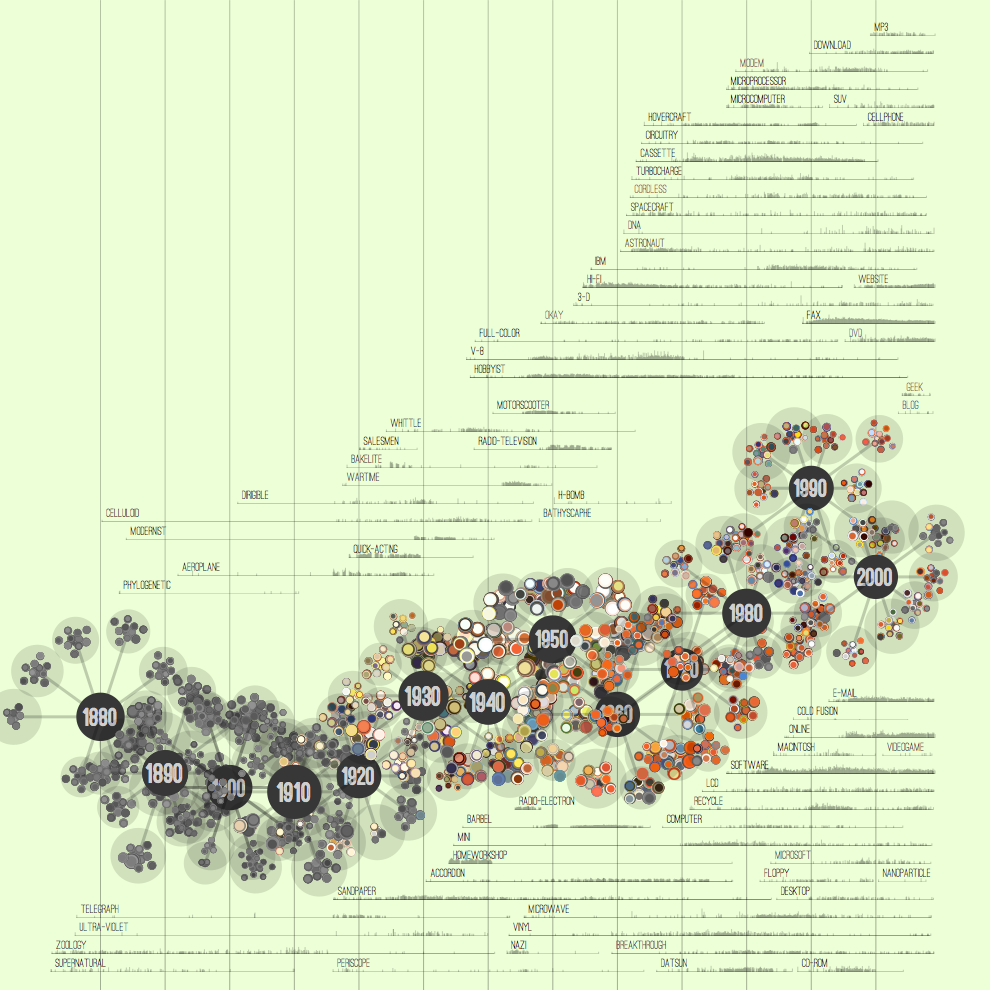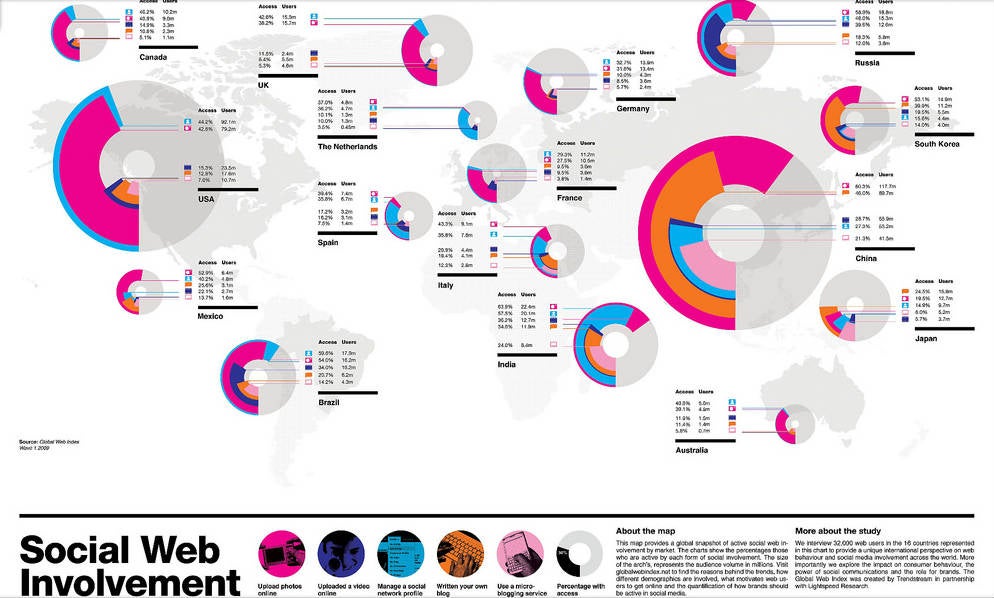
Businesses need experts who can take the relevant data and turn it into a story that’s easily understood by key stakeholders. This is because data-driven stories drive change by engaging the audience and helping them comprehend what previously puzzled them.
What’s data storytelling?
Data storytelling is using data to effectively communicate insights. Data storytelling goes beyond the data itself and uses narratives and data visualisations to help an audience understand the conclusions of data analysis.
Simply put, most people who look at data won’t understand its significance. However, data storytelling helps bring data to life and make it meaningful and accessible for far more people.
Given the sheer volume of data available nowadays (current predictions say every person will create 463 exabytes of data every day by 2025), data storytelling is particularly important. This is because, despite the surge in data management solutions like business intelligence (BI) tools, dashboards and spreadsheets, most businesses have yet to take full advantage of the opportunities hidden in their data.
The reason for this is that data and data management tools only tells you what’s happening, not why. Data storytelling goes one step further and helps businesses understand the broader context of data, as well as an explanation of the ‘why’ behind the data.
Data storytelling is so important, in fact, that as a data scientist, the ability to effectively tell stories with data is considered one of the most essential skills. [1]
Why is data storytelling so important?
Without data storytelling, businesses are unlikely to have the ‘a-ha’ moments they need and want. Data storytelling helps the data feel alive and ensures that the message it’s conveying is meaningful and relevant. Critical information may be lost without data storytelling and – importantly – data not encased in story form may not inspire action and change.
Data storytelling can also be a way to standardise the communication of data, so as to ensure that it can reach as broad an audience as possible.
In sum, data storytelling is beneficial because it:
- Provides new perspectives.
- Ensures that key findings are as accessible as possible, to as many people as possible.
- Assists others with interpreting otherwise complex information.
- Can help inspire emotions and ultimately meaningful action.
Data storytelling is sticky
In the book Made to Stick, authors Chip and Dan Heath say one of the most important ways to make any presentation memorable is to tell stories.

Example 2: Popular Science magazine’s 140-year history by Jer Thorp (CC BY 2.0)
During an experiment Chip Heath, a professor of organisational behaviour, asked participants to recall presentations they’d heard just 10 minutes earlier. Sixty-three per cent remembered the stories they’d been told, but only 5 per cent recalled an individual statistic.
Data storytelling is so important in the modern business context that the team at Simplilearn claims:
“All of the data analysis you perform and the data insights you generate as a data scientist would not be worth your time if it weren't for storytelling and visualisation.” [2]
How to tell a story with data
Many people assume that telling a story with data is simply about creating an infographic. However, an infographic doesn’t necessarily contain a narrative. A narrative should begin with a question or a conundrum and, after taking a journey, end with a solution.
The importance of a narrative is that it explains what’s going on in the data set. It offers context and meaning, relevance and clarity. A narrative shows the audience where to look and lets them know what not to miss. It also engages the audience with a hook.

Example 1: Global Map of the Social Web by rosefirerising (CC BY-NC-ND 2.0)
Once the audience is engaged by the narrative, visual aids such as infographics, dashboards and charts educate them. Without engagement, the audience has no reason to be interested in the visuals or the numbers.
Know your data storytelling audience
Think of the way you might tell the same story to a child and an adult. The way you tell the story, including the tone of your voice and the language you use, will likely change for each audience.
Understanding the audience is equally important in a business. A report might target those at the board level as opposed to floor staff, or marketing as opposed to finance.
When establishing your audience, it is important to ask:
- What do they want from the data?
- Are they more interested in intelligence that relates to staff retention (HR department) or in industry/market trends (CEO)?
- Are they a novice or a pro?
- Do they require a general outline or a deep dive?
If you tell a story crafted for a specific audience, then that audience will likely be engaged by it and interact with it. However, present data to an audience without wrapping it in a story, and your audience will likely misunderstand or forget most of what you told them by the time they leave, meaning no change will occur. That’s bad for business.
Want to make a difference with data?
Are you ready to expand your career opportunities? Do you want to gain hands-on skills the industry needs?
With JCU Online’s Master of Data Science, you will build data visualisation and storytelling skills, as well as gain industry-recognised expertise in SAS and more. Prepare for success in a data-driven world with JCU Online.
Sources
[1] Project Pro: Storytelling with Data: A Key Skill for Data Scientists
[2] SimpliLearn: The Value of Mastering Data Visualization & Storytelling for Data Scientists
Find out more about JCU’s online Master of Data Science.
Get in touch with our Enrolment team on 1300 535 919







